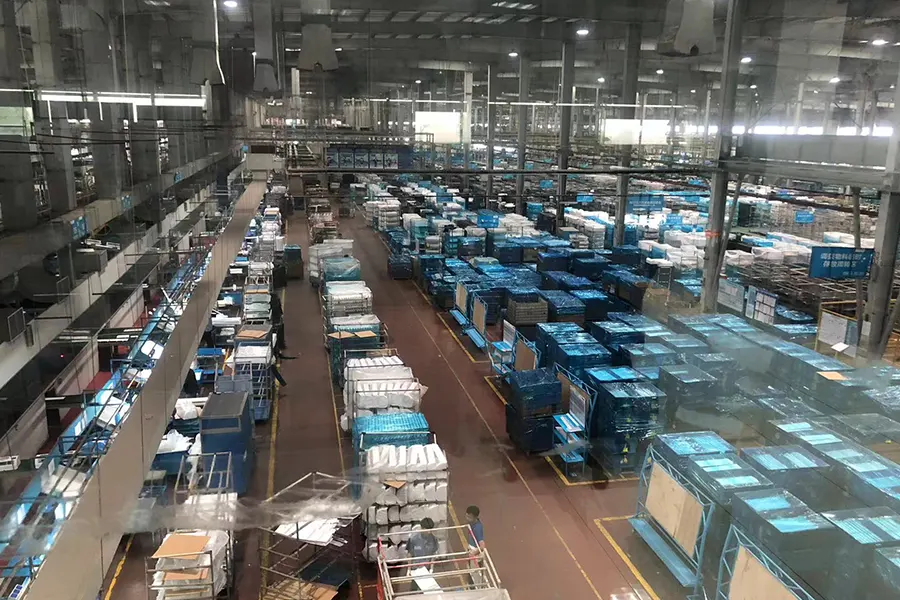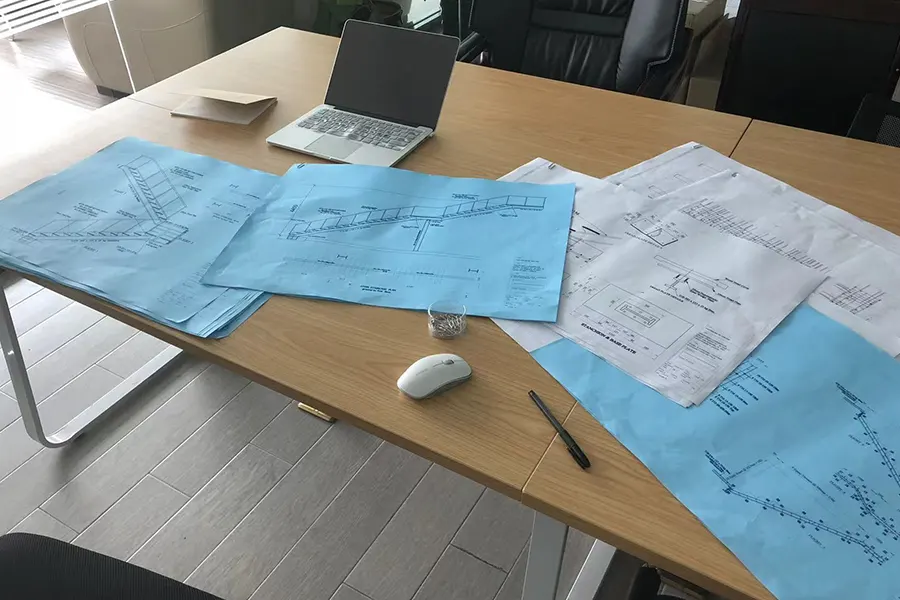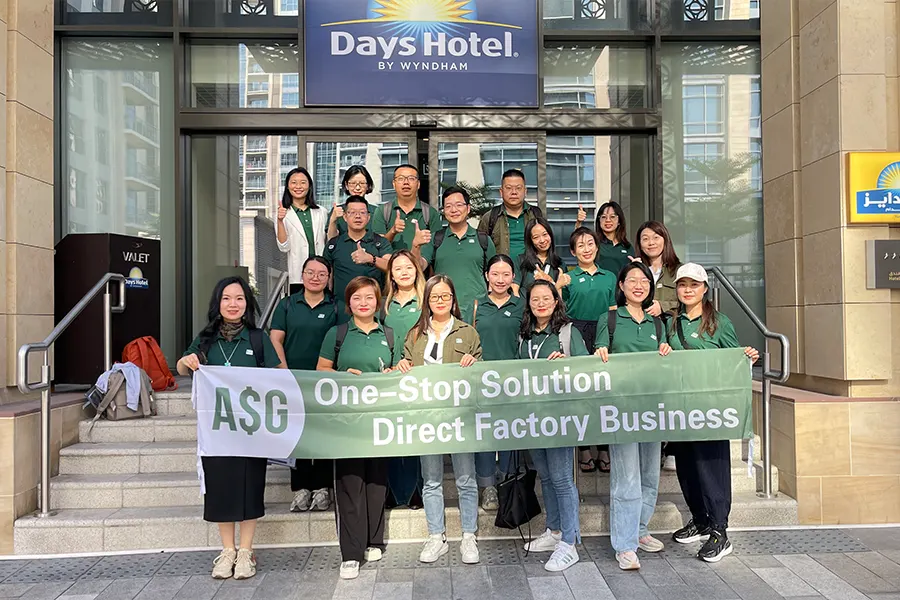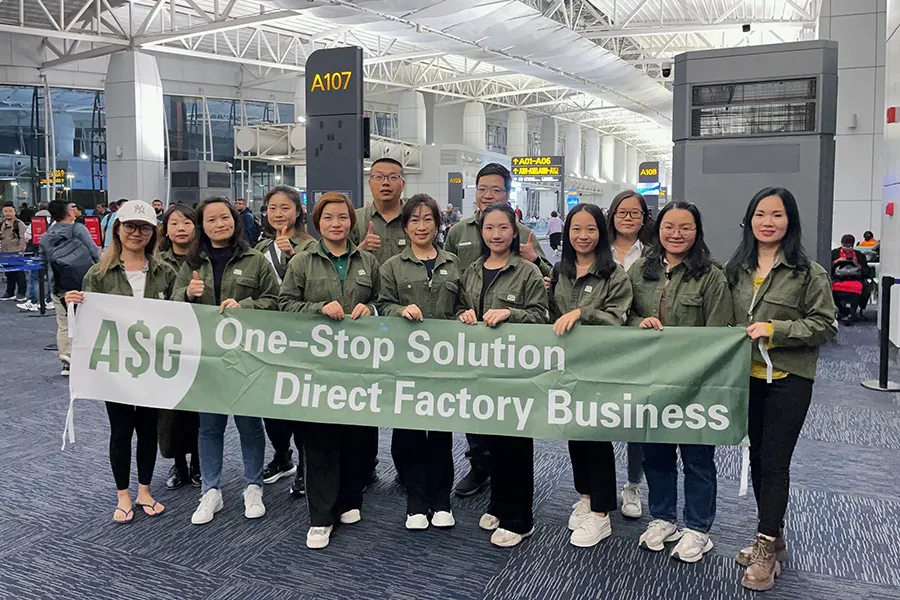When the Customer Demands a 40% Price Drop
Turning a 30% Price Challenge into Opportunity: How ASG Transformed a Tough Target into Strategic Growth
Challenge: Suddenly demanding a 30–40% price drop
Context: “Our target price reflects new tariffs, competitor pricing, profit margins, and middle‑man costs.”
Reality: Not only your factory—no one in Ningbo can hit that mark.
Understanding the Player, Not the Price
Many teams would immediately respond by:
Doubting—assuming the client is bluffing.
Cost‑checking—rushing to finance or management to calculate the “real bottom.”
But neither response is strategic.
Why immediately doubt the client? Perhaps they’ve benchmarked against bargain retailers—think $1 stores. Those chains don’t raise prices when tariffs rise—they redesign their sourcing entirely.
Just because “no one in Ningbo” can match that rate doesn’t make it impossible—suppliers in Southeast Asia might succeed, with landed costs 40% below China’s. Your limitation is your short sight, not the client’s feasibility.
🧠 Key insight: A 30–40% price reduction fits the “market logic” of a company trying to protect margin and remain competitive. It’s not posturing—it’s real.
But Is That Number Realistic?
Reasonable behavior doesn’t guarantee realistic goals. The client’s 30–40% might be based on:
Outdated competitor rates
Loss‑leader tactics
Inflated middle‑man margins
Impossible internal targets
Here’s your opportunity: turn this into a collaborative intelligence session.
Ask them:
“Walk me through how you derived that figure—step by step.”
“How are your competitors pricing this product today?”
“Can you share your landed cost assumptions, margin expectations, and middle‑man breakdown?”
Without this detail, you’re negotiating with a ghost.
Digging Into The Real Needs
Remember: this is not just a price negotiation—it’s a demand discovery.
The underlying driver? Tariff increases have eroded their competitiveness. Their knee‑jerk solution: a 30–40% price cut.
Whether that’s feasible, profitable, or real needs validating—but the goal is legitimate.
Our strategy:
Let them clearly articulate the logic behind the numbers.
Co‑create a revised model:
Maybe the real required cut is closer to 20%.
Or you can identify supply‑chain savings to share the burden.
🔑 Rule: Demand first, then supply. Skip this, and you’ll either walk away or disappoint the client.
The Factory Visit Meeting
Here’s the plan for factory visit that we worked out with our client:
Start with alignment: “Help me understand how you reached this 30–40% figure—your benchmarks, cost structure, and margin goals.”
Listen, document, question:
Probe each assumption
Identify areas that can be refined
Show curiosity, not defensiveness
Then propose co‑investment solutions:
“If your landed cost assumptions are right, let’s explore how we can reduce overhead, optimize materials, or tweak specs to hit 20%.”
Or: “If competitor X is offering price Y but losing money, what does that imply about sustainability?”
Our real aim? Craft a win‑win roadmap rather than a blunt price show‑down.
Let the Market Lead, but Stay Smart
Don’t dismiss the client’s target as impossible—they’re using real business logic.
Don’t beg off without unpacking where the number came from.
Anchor on demand truth: Once you see the true challenge, you can steer the conversation toward realistic, profitable solutions—whether that means co‑cutting costs, pivoting specs, or resetting expectations.
That’s how Asya Kaynak Grubu stays two steps ahead: turning tough negotiations into joint strategy, not price wars.










-300x198.png)